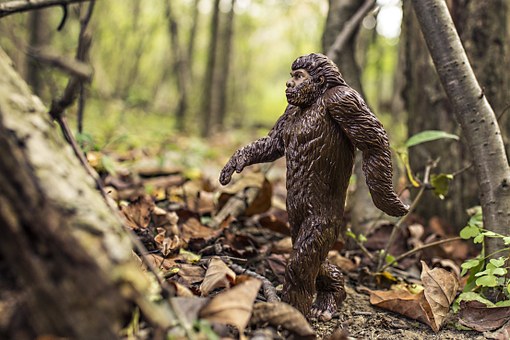Researchers have discovered a new great ape species in Sumatra, Indonesia. This is the first great ape species to be described by scientists in nearly 90 years. Previously, scientists have recognized six great ape species: Sumatran and Bornean orangutans, eastern and western gorillas, chimpanzees and bonobos.
The latest study is based on analysis of the skeleton of an adult male killed in a conflict with villagers, a genetic study indicating the population’s evolutionary split from other orangutans occurred about 3.4 million years ago, and analysis since 2006 of behavioral and habitat differences.
The primates are confined to a range of about 1,100 square kilometers (425 square miles) in the Batang Toru forest in the Tapanuli districts of Northern Sumatra, according to the Fox News. Historically, the population had low levels of interbreeding with Sumatran orangutans further north but that completely ceased 10,000 to 20,000 years ago, according to the genetic study.
“The genomic analysis really allows us to look in detail at the history.” Prof Michael Krützen from the University of Zurich, Switzerland, who is one of the lead researchers of the study told BBC News.
“We can probe deep back in time and ask, ‘when did these populations split off?’.”
According to the BBC, the analysis of a total 37 complete orangutan genomes – the code for the biological make-up of each animal – has now shown that these apes separated from their Bornean relatives less than 700,000 years ago – a snip in evolutionary time.
Prof Serge Wich, from Liverpool John Moores University, analyzed the orangutans’ signature calls – loud sounds the male apes make to announce their presence.
“Those calls can carry a kilometre through the forest,” Prof Wich said.
“If you look at these calls, you can tease them apart, and we found some subtle differences between these and other populations.”
Researchers also analyzed the consistent differences in the shape of the Sumatran, Bornean and Tapanuli orangutan skulls.
Prof Wich told BBC News that the decades of collaborative genetic, anatomical and acoustic studies had achieved an “amazing breakthrough”.
“There are only seven great ape species – not including us,” he said. “So adding one to that very small list is spectacular.
“It’s something I think many biologists dream of.”
However, this newly found species will be added to the list of Critically Endangered species.
“It’s very worrying,” said Prof Wich, “to discover something new and then immediately also realise that we have to focus all of our efforts before we lose it.”
Matthew Nowak, one of the study’s authors, said the Tapanuli orangutans live in three pockets of forest that are separated by non-protected areas.
“For the species to be viable into the future, those three fragments need to be reconnected via forest corridors,” he said.
“It is imperative that all remaining forest be protected and that a local management body works to ensure the protection of the Batang Toru ecosystem,” Novak said.
The detailed findings of the study were published in the journal Current Biology.

